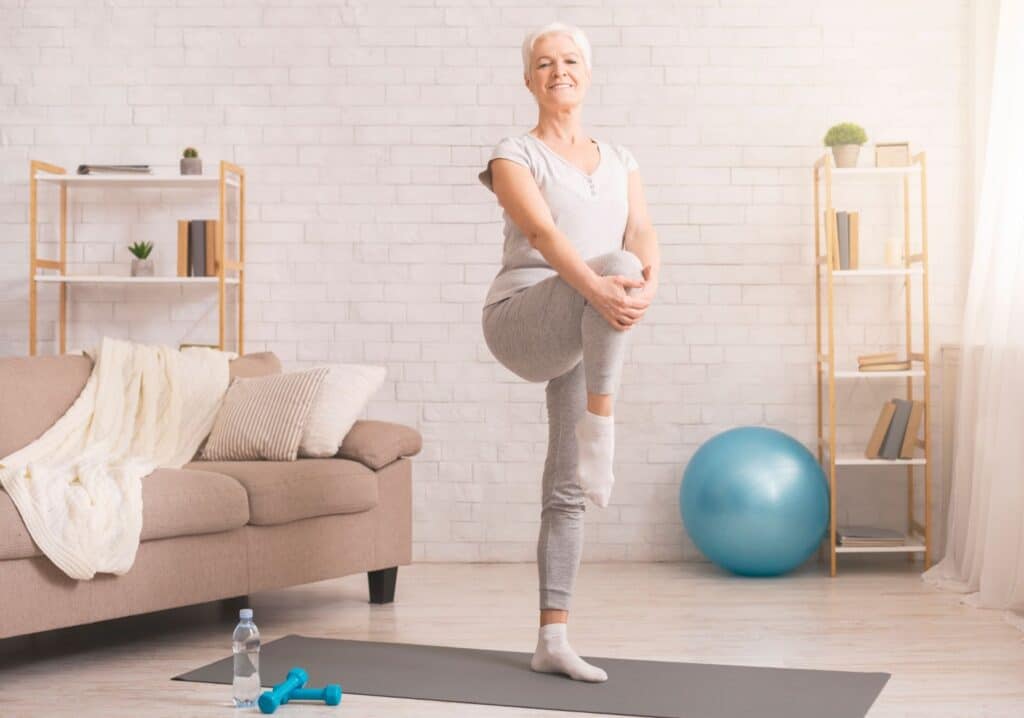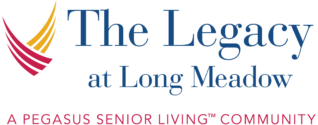Staying active is important at every stage of life, and more so for older adults. Physical activity can significantly improve the quality of life for older adults, fostering independence, reducing the risk of chronic diseases, and enhancing mental well-being.
Older adults require 150 minutes of moderate-intensity physical activity a week, or 75 minutes of vigorous activity with strengthening and balance activities. Taking an exercise class, finding a buddy to work out with, or frequenting the fitness center can help older adults stay active. Senior living communities can also provide plenty of opportunities for older adults to maintain active lives.
Why Is Physical Activity Important?
Physical activity is crucial for everyone but has special importance for older adults. Regular exercise offers several benefits, helping older adults maintain their independence, manage their physical health, and improve mental health. Regular exercise can also improve mobility, balance, and muscle strength to help prevent falls and injuries.
There are various ways for older adults to stay active, such as joining senior centers or fitness classes. Senior living communities can also help keep older adults active through various programs and activities tailored to their needs.
Defining Physical Activity for Seniors
Physical activity for older adults encompasses a wide range of movements that get the body moving. These activities include everything from walking and gardening to more structured exercises like yoga or swimming. The key is to find activities that are enjoyable and sustainable.
How Much Physical Activity Do Seniors Need?
The Centers for Disease Control and Prevention (CDC) provides general recommendations for physical activity for older adults. They recommend at least 150 minutes of moderate-intensity aerobic activity per week, which you can spread out into 5 sessions of 30-minute exercises. For exercises at vigorous intensity, the CDC recommends 75 minutes a week. Addition, the CDC recommends implementing bone and muscle strengthening activities 2 or more days a week, including activities to improve balance.
It’s essential to tailor these activities to individual abilities and needs. Some older adults may find it challenging to meet these guidelines due to health conditions or mobility issues. In such cases, any amount of physical activity is better than none. Older adults should consult a healthcare provider to create a safe and effective exercise plan.
Types of Physical Activities for Seniors
Different types of physical activity include vigorous intensity, moderate intensity, muscle-strengthening, and balance exercises. While some older adults may find certain exercises moderately intense, others may find the same exercise vigorous. It’s important to consider your health condition, abilities, and comfort when choosing your exercises.
Vigorous-Intensity Physical Activity
These activities can include jogging or running, which increases heart rate and leads to breathing hard. During these activities, you won’t be able to talk too much without stopping to catch your breath.
Moderate Intensity Physical Activity
Moderate exercises can include brisk walking, which makes your breathing harder and your heart beat faster. During these activities, you will be able to talk normally.
Muscle-Strengthening Physical Activity
Maintaining muscle strength is crucial for older adults to perform daily activities independently. These exercises should include the legs, hips, back, chest, abdomen, shoulders, and arms. Examples of muscle-strengthening exercises include:
- Weightlifting
- Resistance band workouts
- Body-weight exercises
- Garden work, like digging
It’s essential to start with light weights and gradually increase the intensity under the guidance of a fitness professional.
Balance Activities

Balance exercises are vital for preventing falls and maintaining overall mobility to reduce the risk of injury and bone fractures. Examples of balance activities can include:
- One-leg stand
- Sit-to-stand
- Walking backward
- Balance board exercises
Activities that strengthen the back, abdomen, and leg muscles can also lead to improved balance.
Overcoming Barriers to Physical Activity
Older adults often face various barriers when it comes to staying active. Common barriers include chronic health conditions, fear of injury, lack of motivation, and limited access to safe exercise environments. However, there are ways to overcome these challenges.
Caregivers and family members can play a crucial role in supporting loved ones to stay active. Encouragement and positive reinforcement can go a long way in motivating older adults. Creating a safe and accessible environment for exercise, such as well-lit walking paths or designated exercise areas, can also help. Additionally, engaging in physical activities together can make exercise more enjoyable and less daunting.
The Role of Technology in Promoting Physical Activity
In today’s digital age, technology can be a valuable tool in promoting physical activity among older adults. Various tech tools and apps can encourage and track physical activity. Fitness trackers and smartwatches can monitor steps, heart rate, and other vital statistics, providing real-time feedback and motivation.
Senior Communities & Physical Activity
Senior living communities can provide a sense of belonging and support, making it easier for older adults to stay committed to their fitness goals. Physical activity in senior communities can include fitness centers that offer tailored exercises and group programs.
Supporting All Aspects of Wellbeing
Physical activity is essential for older adults’ overall health and well-being. It can help delay health problems, strengthen muscles, and aid in managing daily living. By understanding the benefits of physical activity, caregivers and family members can support their loved ones to stay active by following guidelines and finding enjoyable exercises.
If you’re looking for a personalized approach to overall health for a loved one, contact The Legacy at Long Meadow to explore our pillars of wellness, including physical, emotional, and social health.
